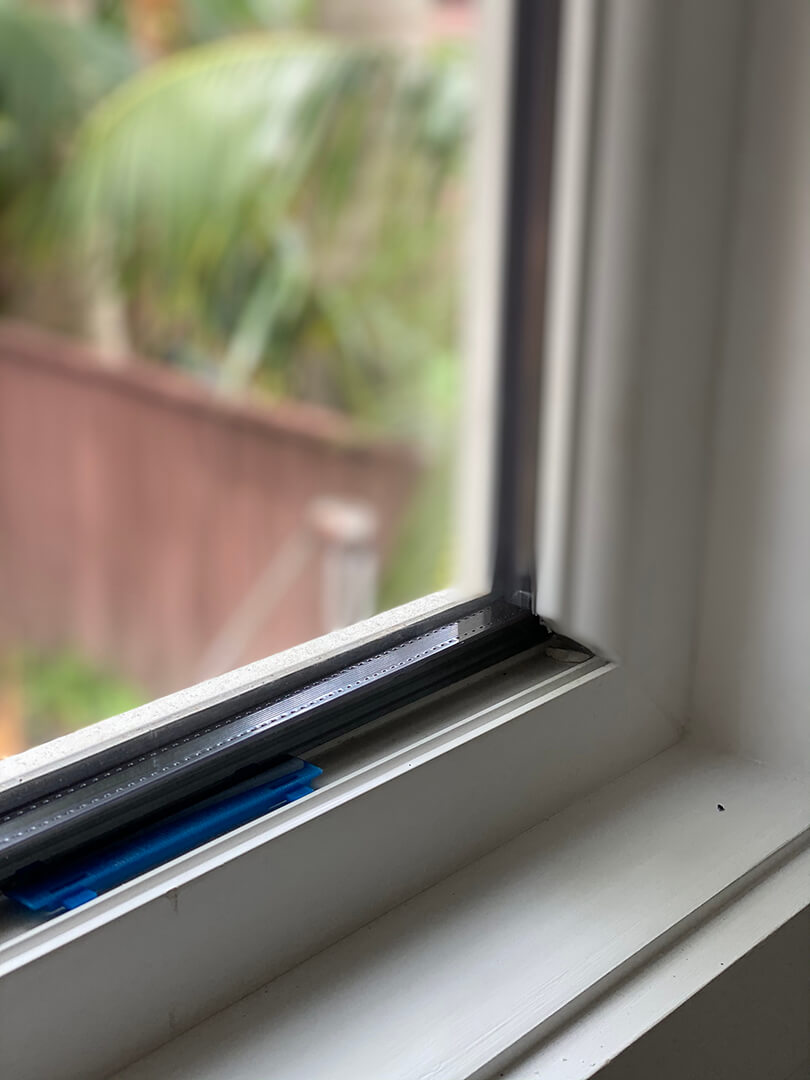All Categories
Featured
Table of Contents
Guide To Double Glazing – Functional And Energy Efficient in Lakes WA
Glazing merely indicates the windows in your house, consisting of both openable and set windows, as well as doors with glass and skylights. Glazing in fact simply implies the glass part, but it is typically used to describe all elements of an assembly including glass, movies, frames and home furnishings. Focusing on all of these elements will help you to achieve efficient passive design.

Energy-efficient glazing makes your home more comfortable and significantly decreases your energy costs. However, improper or improperly designed glazing can be a significant source of unwanted heat gain in summer and substantial heat loss and condensation in winter season. Approximately 87% of a home's heating energy can be gained and as much as 40% lost through windows.
Double Glazed Windows Sydney in Ellenbrook WA
Glazing is a considerable investment in the quality of your house. The cost of glazing and the expense of heating and cooling your house are carefully associated. A preliminary financial investment in energy-efficient windows, skylights and doors can significantly reduce your yearly heating & cooling expense. Energy-efficient glazing also reduces the peak heating and cooling load, which can lower the needed size of an air-conditioning system by 30%, resulting in more expense savings.

This tool compares window selections to a base level aluminium window with 3mm clear glass. Understanding a few of the crucial residential or commercial properties of glass will assist you to select the finest glazing for your house. Key residential or commercial properties of glass Source: Adapted from the Australian Window Association The quantity of light that travels through the glazing is known as noticeable light transmittance (VLT) or noticeable transmittance (VT).
Enjoy Your Summer More With Double Glazed Windows in Beaconsfield Perth
This may lead you to turn on lights, which will result in higher energy expenses. Conduction is how easily a material conducts heat. This is called the U worth. The U value for windows (expressed as Uw), explains the conduction of the entire window (glass and frame together). The lower the U value, the higher a window's resistance to heat circulation and the much better its insulating worth.
If your home has 70m2 of glazing with aluminium frames and clear glass with a U worth of 6. 2W/m2 C, on a winter's night when it is 15C chillier outside compared with indoors, the heat loss through the windows would be: 6. 2 15 70 = 6510W That is equivalent to the overall heat output of a big space gas heating system or a 6.
Double Glazed Windows Sydney & Replacement Windows in Kensington Western Australia

If you select a window with half the U value (3. 1W/m2 C) (for instance, double glazing with an argon-filled space and less-conductive frames), you can halve the heat loss: 3. 1 15 70 = 3255W The solar heat gain coefficient (SHGC) for windows (expressed as SHGCw) determines how readily heat from direct sunlight flows through a whole window (glass and frame together).
The lower a window's SHGC, the less solar heat it transfers to the home interior. The actual SHGC for windows is impacted by the angle that solar radiation strikes the glass.
How Are Double Glazed Windows More Energy Efficient? in Forrestdale Western Australia
When the sun is perpendicular (at 90) to the glass, it has an angle of incidence of 0 and the window will experience the optimum possible solar heat gain. The SHGC declared by glazing makers is constantly computed as having a 0 angle of occurrence. As the angle increases, more solar radiation is shown, and less is transferred.
Table of Contents
Latest Posts
Does Double Glazing Keep Heat Out in South Fremantle Perth
Which Double Glazed Windows Are Best For Summer? in Kalamunda WA
Why Install Stunning Double Glazing Windows During Summer? in Hamilton Hill Perth
More
Latest Posts
Does Double Glazing Keep Heat Out in South Fremantle Perth
Which Double Glazed Windows Are Best For Summer? in Kalamunda WA
Why Install Stunning Double Glazing Windows During Summer? in Hamilton Hill Perth